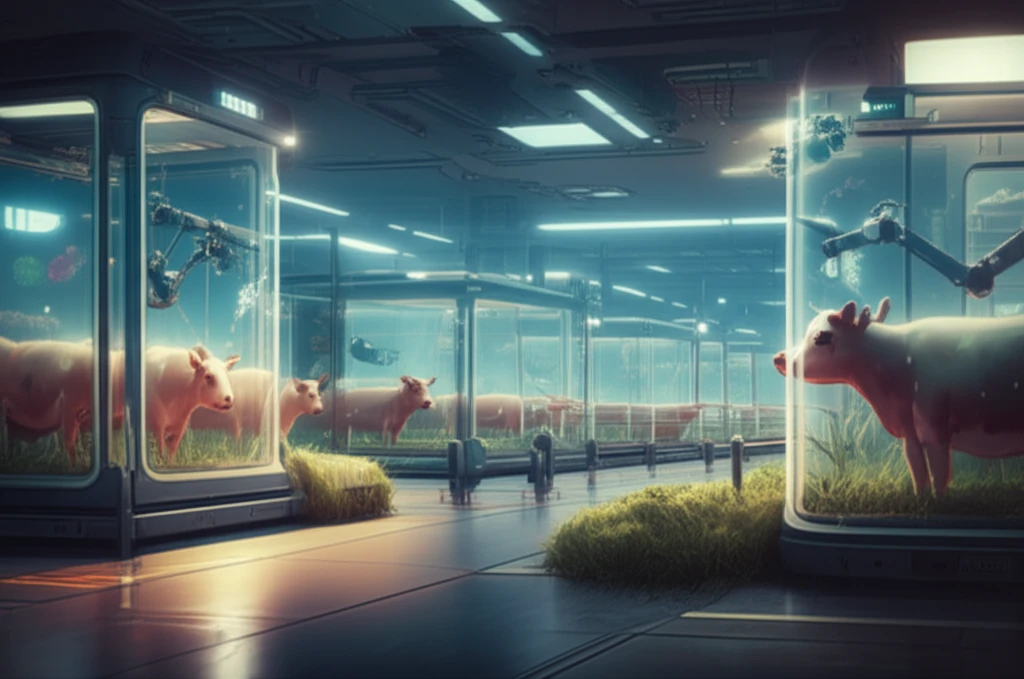
Future Farming: Balancing Biosecurity and Antimicrobial Use
"A look into how livestock production is adapting to antimicrobial resistance and the critical role of biosecurity."
As the global population continues to expand, so does the demand for food, especially animal protein. Meeting this demand efficiently requires innovative technologies and practices within agriculture. However, diseases constantly threaten the efficiency of livestock production, making it crucial to find effective control methods.
Antimicrobials have been a key tool in managing bacterial diseases in livestock. In the United States, they are used not only to treat specific illnesses but also as feed additives to prevent disease and promote growth. This practice, however, has raised concerns about antimicrobial resistance, leading to proposals to curtail or eliminate their use as feed additives.
This article examines the current policies on antimicrobial use, particularly in comparison to the European Union, and discusses the future of antimicrobial use in U.S. livestock production. We'll also explore the increasing importance of biosecurity programs and the role of Cooperative Extension Services in promoting effective biosecurity and informing policy decisions.
The Push for Biosecurity: Why It Matters

The use of antimicrobials in livestock production has become a contentious issue, with many advocating for stricter regulations. Concerns over antimicrobial resistance have driven much of the debate, highlighting the potential risks to both animal and human health. The European Union has already taken steps to ban antimicrobials for growth promotion, and similar policies are being considered in the United States.
- Disease Prevention: Preventing animal diseases is crucial for fighting hunger and malnutrition.
- EU Experience: Eliminating antimicrobial feed additives in the EU led to health issues and decreased efficiency.
- Biosecurity Measures: Heightened biosecurity is essential to prevent infectious diseases.
Extension's Role: Educating for the Future
Cooperative Extension Services play a vital role in promoting effective biosecurity practices. They provide education and resources to livestock producers, helping them implement best practices for disease prevention and control. Additionally, Extension Services can serve as a bridge between the agricultural community and the public, providing accurate information and fostering informed discussions about food animal production.
To meet the food security demands of a growing global population, the agricultural industry must continue to innovate and adopt new technologies. However, it's equally important to communicate the benefits and safety of these technologies to the public. Extension Services can help bridge this gap, ensuring that consumers and policymakers have the information they need to make informed decisions.
By focusing on education, research, and community engagement, Cooperative Extension Services can contribute to a more sustainable and secure food system. This includes promoting responsible antimicrobial use, enhancing biosecurity measures, and fostering a greater understanding of modern livestock production practices among the public.
